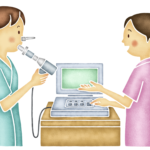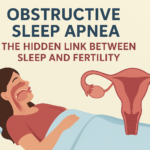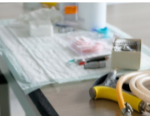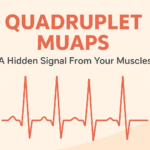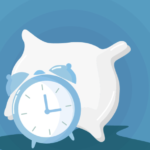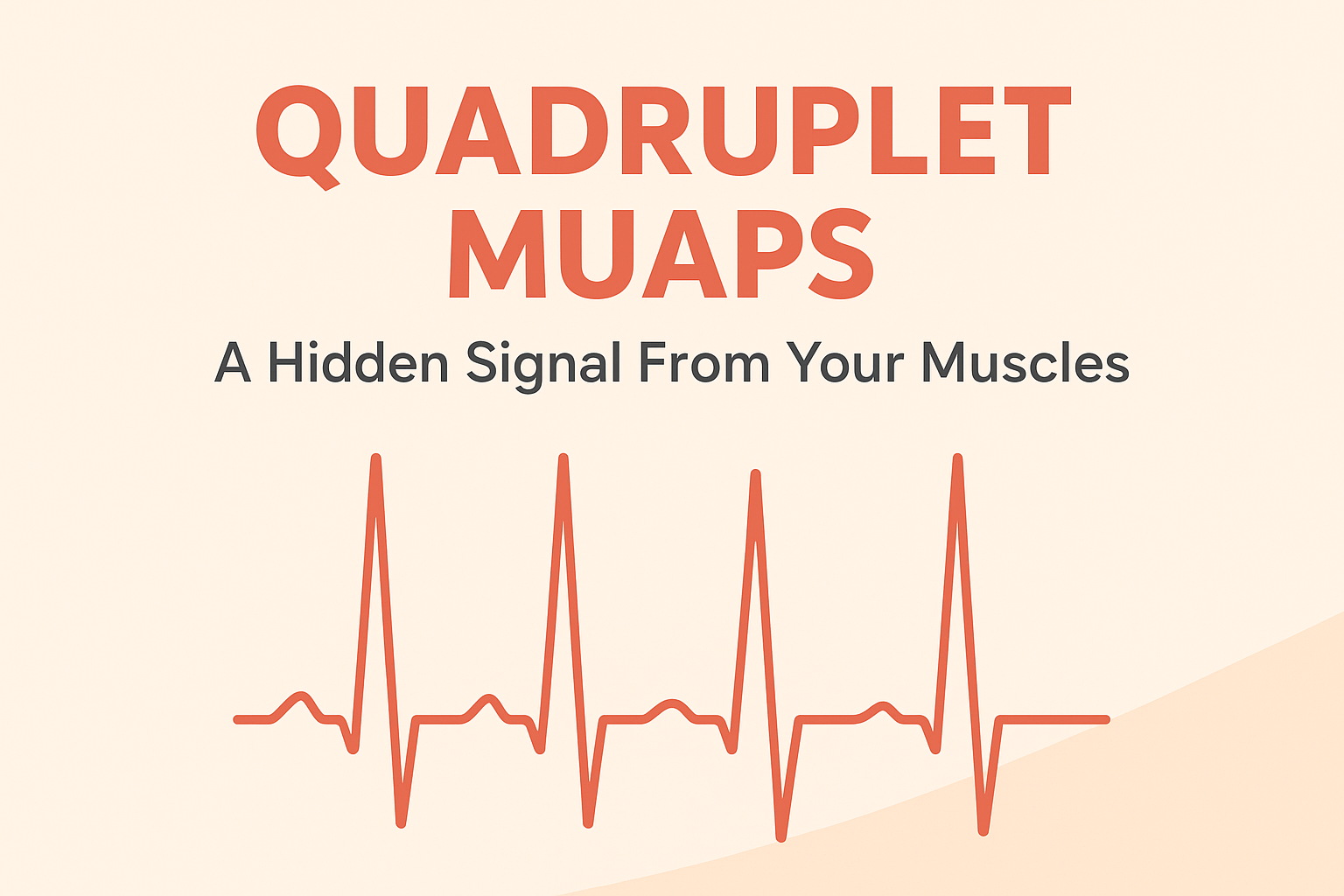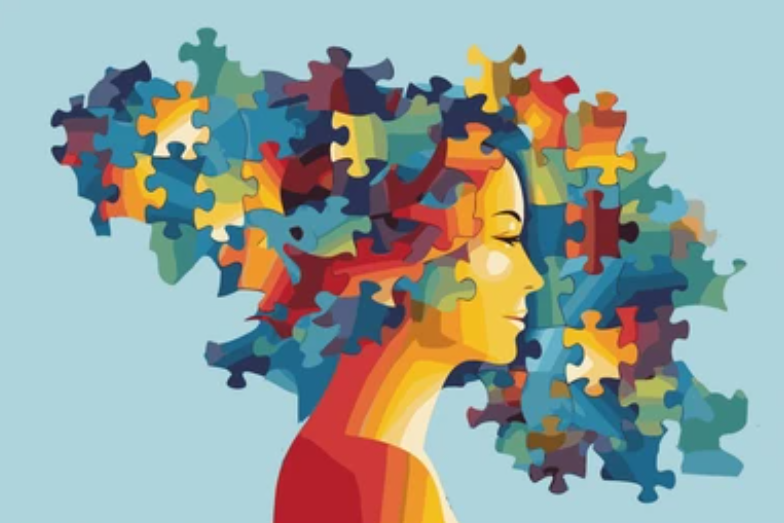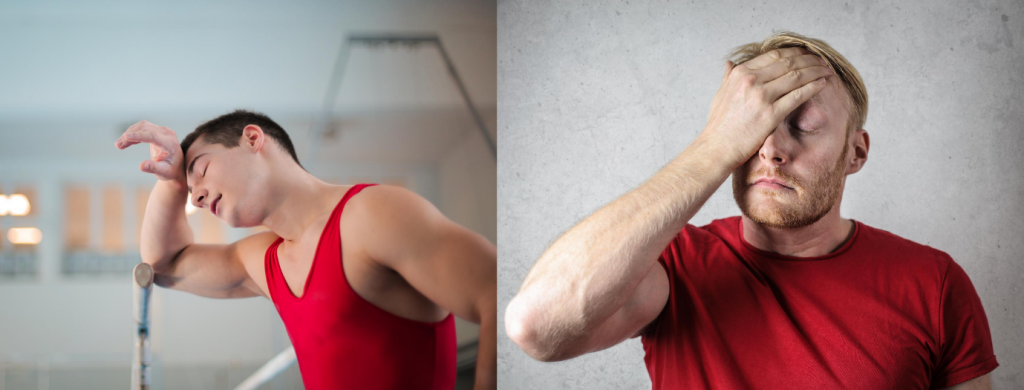
6th Sep 2020 by Dr.Manvir Bhatia & Saunri
Introduction
Stroke disease affects an average of 128 per 1 lakh people every year and is one of the leading causes of death and disabilities in India. Around 10 to 15% of the people who experience different types of strokes in India are under the age of 40. Unless treated immediately, stroke can result in paralysis of the limbs, loss of speech, memory loss, etc, and in extreme cases lead to death.
What causes stroke disease and what are the types of strokes?
- Ischemic stroke disease constitutes 80% of the types of strokes and occurs due to blockage of an artery that supplies blood to the brain, due to atherosclerosis or the deposition of cholesterol in the arteries. Since the artery gets blocked the region of the brain that it usually supplies, gets cut off from its oxygen supply, causing the neurons and other brain cells to die. Usually, Ischemic types of strokes are treated by injection of tPA or tissue plasminogen activator that dissolves the clot.
- Hemorrhagic stroke disease constitute 10% of the types of strokes and occurs when an artery that supplies the brain with blood ruptures and the blood starts accumulating, compressing, and adding pressure in that region of the brain, causing damage to the brain cells. Usually, this occurs as a result of high blood pressure or from head trauma in a situation such as an accident. Hemorrhagic types of strokes are treated by trying to reduce the amount of bleeding and relieving the pressure caused by the bleeding in the brain
- The third type of stroke is called a Transient Ischemic attack, it is similar to ischemic stroke, but does not cause permanent damage.
What are the latest advances in stroke disease research?
Traditionally, unless any types of strokes were treated within 3 hours, it could lead to permanent damage. Current technologies have been able to reverse the permanent effects of stroke, even after 16 hours poststroke. Stroke survivors are at increased risk of memory loss, speech defects, motor, and cognitive decline. A paper published in 2017 in Stroke found that a short bout of moderate exercise promoted enhanced cognitive function for a week after the exercise session following a stroke disease attack. A paper published in 2019 has pointed out that Transcranial direct current stimulation (tDCS) has shown some potential in increasing a stroke disease sufferer’s ability to name nouns, apart from traditional Speech and Language Therapy, which is used as therapy for types of strokes.
A recent study published in 2019 has shown that home-based motor telerehabilitation for stroke disease survivors, which included about 36 sessions of 70 minutes each, of motor therapy along with stroke education was as effective as in-person therapy in a clinic. In the current COVID-19 situation, the telerehabilitation of different types of stroke victims is a more favorable alternative.
The occurrence of different types of strokes such as Ischemic as well as hemorrhagic stroke are widely prevalent in the population. Current research has led to the increased efficacy of treatment of stroke disease victims. However, the key to recovery from any of the different types of strokes is acting fast treatment, and hence, the person suffering from stroke disease must be immediately rushed to the hospital.
To seek help or know more about stroke and recent advances in stroke research, you can visit the Neurology and Sleep Centre, the 1st sleep centre in the country accredited by the Indian Board of Sleep Medicine at L-23, Hauz Khas Enclave, New Delhi, Delhi-110016 (INDIA)
Or give a call on +91-11-46070321, +91-9643500270,
Or write toinfo@neurologysleepcentre.com

